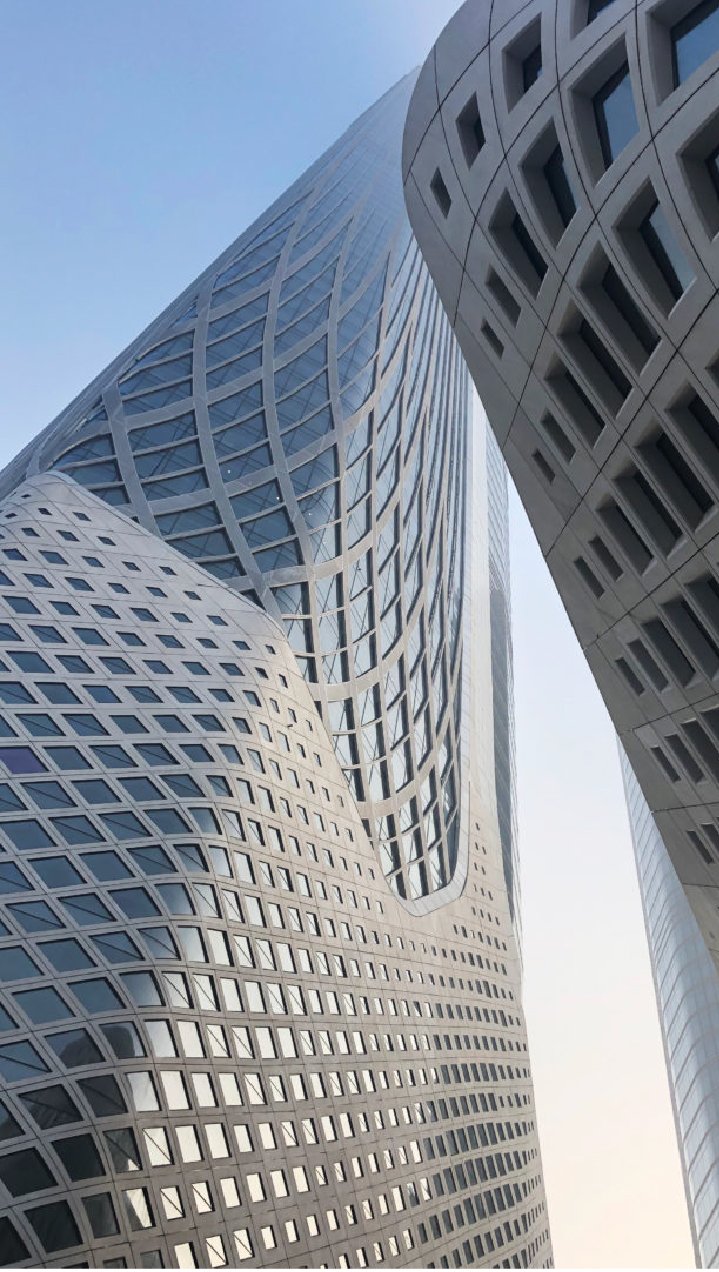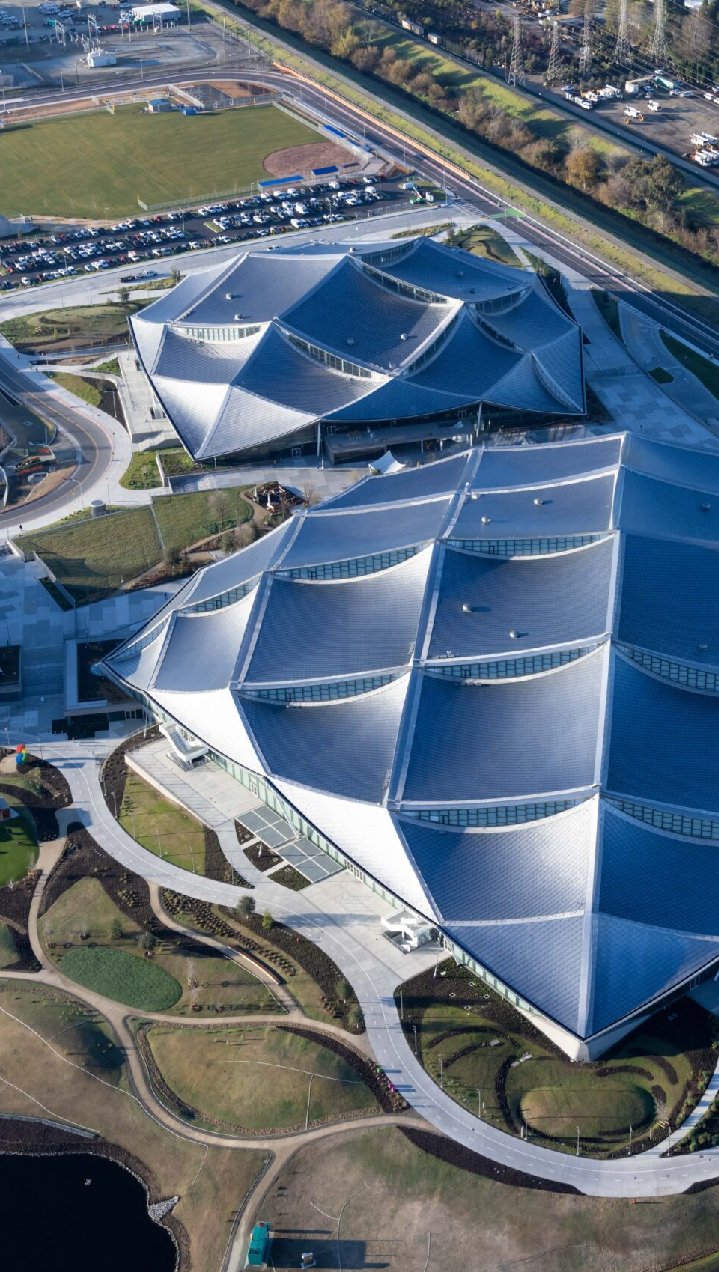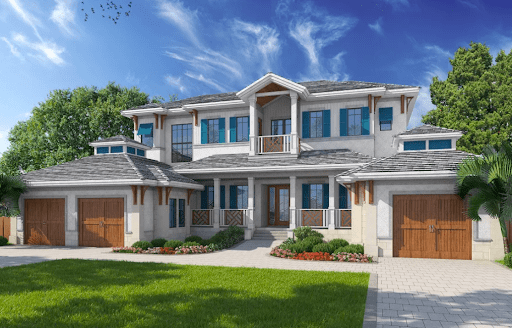
A 3D architectural rendering is a three-dimensional computer-generated image which shows what an architectural project will look like when it’s built. 3D renders are an essential visual tool for architects and other professionals to show clients what the end result will look like before construction begins. Because of this, 3D renders are an indispensable part of a successful communication and cost-effective business strategy.
Chicken salad with Kombu seaweed and ginger (250 kcal) – Gluten free! – Into the Fitness equipoise benefits jessie fitness nude indian movies
3D rendering is a complicated process which requires years of artistic and technical knowledge and experience to master. Experts must manage innumerable creative and technological elements to ensure high-quality results. This article will help you learn more about 3D architectural renderings and how they can benefit your business, whether you’re in construction, architecture, interior design or real estate.
What is 3D Architectural Rendering?
Three decades ago, rendering technology was in its infancy and had certainly not been standardized. Due to the limitations of computer graphics in that era, user expectations for 3D renderings were oriented towards trying to accurately reflect architectural features rather than attempting to create photorealistic images. Thanks to exponential technological advancements in software and computing, today’s 3D rendering is not only capable of precisely representing architectural features, but of doing so with incredible lifelike digital realism.
As we mentioned before, a 3D architectural rendering, also known as a 3D render or a 3D rendering, is a three-dimensional computer-generated image which shows what an architectural project will look like once it’s built. They are generally employed to visualize a potential physical construction, renovation, design proposal, building, space or property. The goal is to create an accurate and photorealistic 3D rendered representation of the design in order to both facilitate the successful communication of all project details and save money by using the render to make corrections and improvements prior to construction.
Architectural rendering in 3D is a 3-dimensional visualization of a construction, renovation, living space, physical object, building or property.
High-quality 3D rendering services begin with a professional and experienced team like the one at Xpress Rendering LLC. Once we’ve established clear and effective communications with our clients, we begin the seamless process of delivering on their expectations. Next, a team of digital artists begins the 3D modeling process based on the guidance of both the client and the Project Manager. An in-depth knowledge of architecture, graphic design and specialized software and hardware is applied to create interior and exterior architectural settings and 3D object models. These could include, building and property facades, interior office and living spaces, architectural features, furniture, fixtures, appliances, equipment, decorations, vegetation, landscapes and other objects produced with photorealistic textures, colors, lighting, shadows, lens effects and materials. The successful execution of a top-notch 3D render depends on finding a team who encompasses the necessary experience, skill, effort, resources and capacity to deliver a state-of-the-art product.
While 3D computer graphics are widely used in the design, architecture, engineering, product manufacturing, and marketing industries, they can be applied as an excellent visual communication tool in almost any industry.
In the image below, we see a typical sample of a 3D exterior render of a standard home reflecting an appealing display of the home’s exterior architectural design features, materials, textures, environment and landscaping.
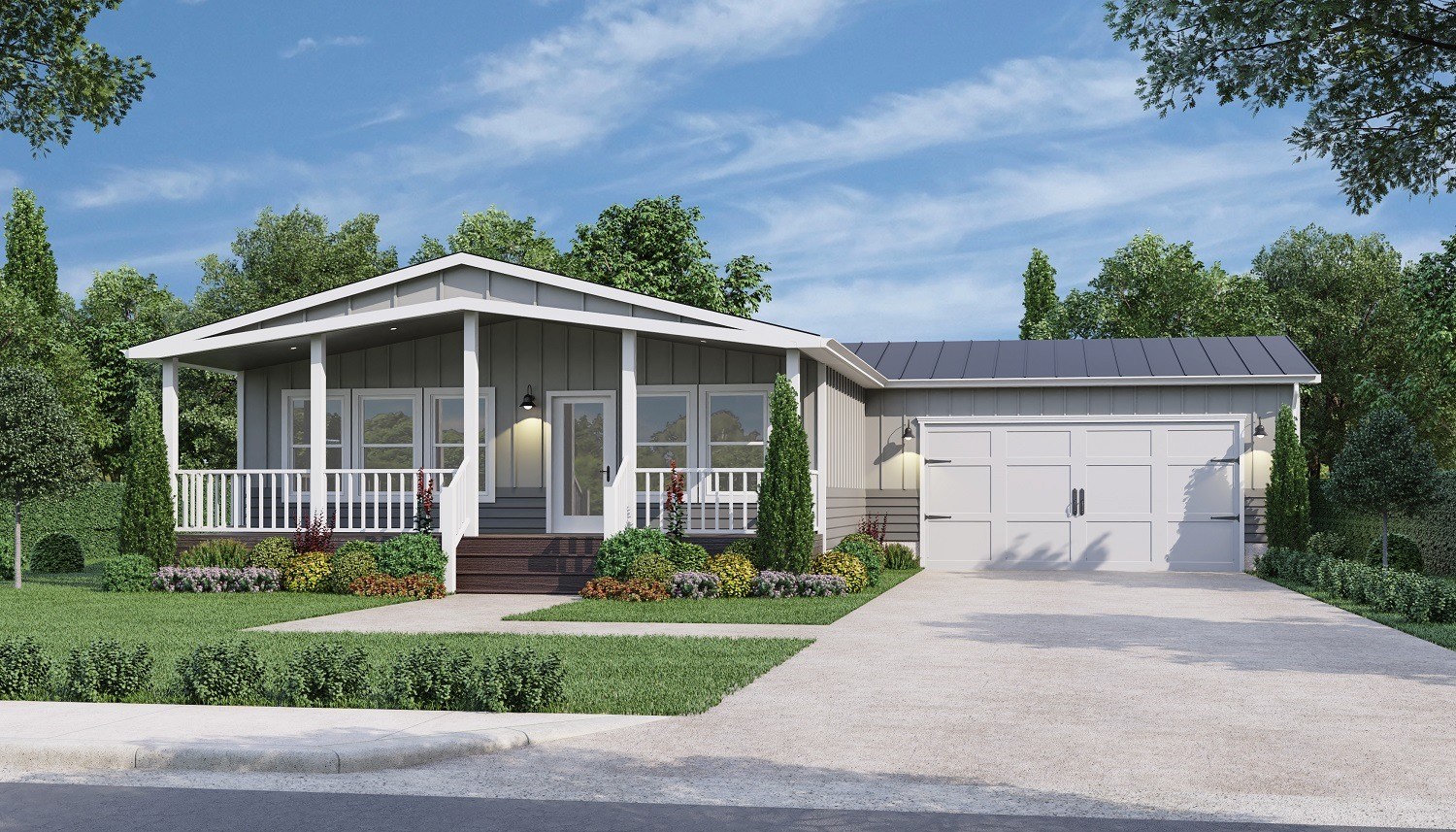
There are many types of 3D architectural renderings.
3D Architectural Rendering Types
Broadly, the best known types of 3D rendering services include: 3D Interior Rendering, 3D Exterior Rendering, Aerial Views, Floor Plans, 3D Site Plans, Photomontage, Virtual Staging, Object Modeling, Video Animation or Walk-throughs, and VR360 renderings. There are also different “3D rendering styles” which include the most popular photorealistic style, followed by other diverse artistic rendering styles including watercolor, abstract, hand-painted, anime, cartoon and more.
Interior, Exterior and Aerial Views in Architectural 3D Renderings
Photorealistic Interior, Exterior and Aerial View renderings are most commonly used by builders, real estate companies and interior designers. For instance, an interior designer might ask a 3D rendering artist to create a lifelike digital scene depicting an impeccably appointed living room which can later be easily customized to appeal to a selection of design tastes like, Contemporary, Scandinavian, Eclectic or Shabby Chic. Likewise, an architect might use a variety of 3D renders to represent the different textures and materials that would be used to build the exterior architecture of a Spanish Colonial style home versus an Adobe Revival style home. Each rendered scene can be as meticulously detailed as the designer’s unique vision calls for. In order to mimic authentic environments with magnificent results, a skilled 3D artist manipulates innumerable variables including: real-world lighting, atmosphere, lens effect, perspective, naturalistic surfaces, vibrant material textures, color schemes, life-like landscaping and many other interior and exterior decorative elements.
Typically, 3D aerial view renderings are used by builders, developers or architects to show their project from a bird’s-eye or drone view, incorporating the surrounding landscape of the future construction. For this reason, 3D aerial view renders can be used to achieve several worthwhile objectives. They can be used to plan and understand how a future building project will affect its existing surroundings. They can also be used as a valuable marketing tool to gain investor buy-in. Furthermore, aerial view 3D site renderings can serve as a powerful visual aid communicating compliance with regulatory agencies.
As an example, the image below reflects a photorealistic interior 3D rendering scene as requested by an interior designer who wished to convey a distinctive design style to meet her client’s needs and wishes.
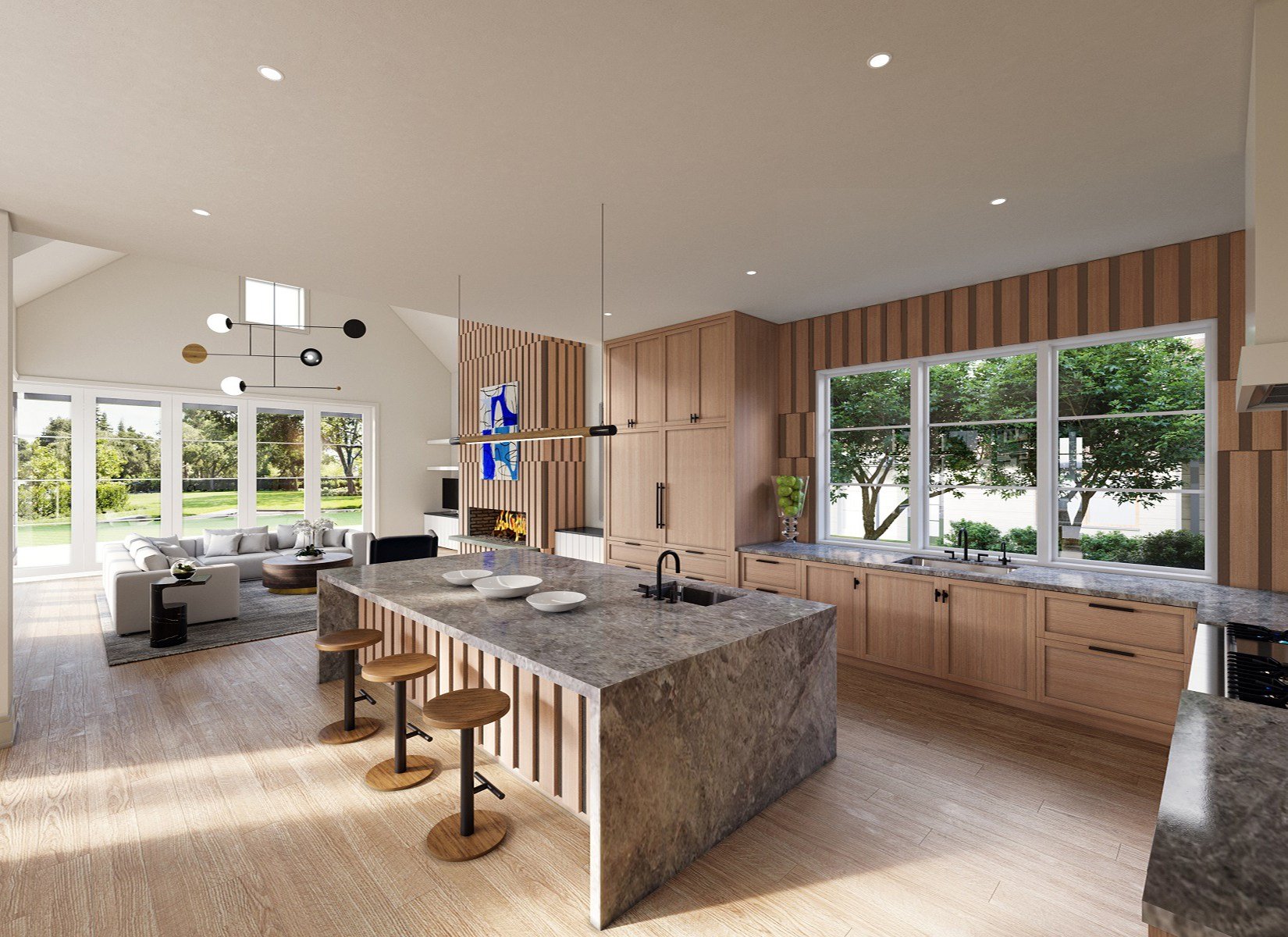
3D Floor Plans & 3D Site Plans in 3D Rendering
Traditional 2D floor plans provide technical drawing information for a home design project or any type of construction. A 3D floor plan can visually communicate the design and proportional dimensions of a proposed project to the buyer in a much more profound way than a traditional 2D floor plan can. By allowing clients to clearly visualize three-dimensional spaces, 3D floor plans facilitate a more efficient understanding of the layout of interior livable spaces and can be especially useful in marketing larger properties with more advanced features.
Photomontage, Virtual Staging and Object Modeling
The photomontage is a photograph of an existing place combined with a digitally rendered image of a proposed project to form one image. Customarily, the background image is an actual photo of the surroundings or landscape, and the foreground or main image is the one created with 3D rendering. One of the objectives of this service is to encourage the observer to think about the combination of the existing area and the proposed design. Specialized graphic software skills and a thorough knowledge of architectural design are necessary to merge reality with digital art into a seamlessly photorealistic image.
3D site plans are another type of 3D rendering typically employed by landscape architects, urban planners and engineers to strategically visualize project proposals in order to implement improvements and changes during early planning stages. This avoids the need for costly interventions and stop work orders once construction has already begun. Precision 3D site plan images can be created from scratch or using the photomontage technique discussed above.
3D object model renderings are usually created to display a singular digital object. These are normally used to research the potential functional design attributes of new products for economic development. Because a virtual object can be freely created, reshaped, changed or animated, the applications of this technology are far-reaching.
Architectural Video Animation, VR360 Virtual Tours and 3D Walk-through & Fly-through Renderings
3D architectural renderings can be produced in a video format which takes the viewer on a journey through the home or around a particular object. This kind of simulation allows for the viewer to learn about the features and layout of a proposed design through first-hand virtual exploration, like they might do in real life. These state-of-the-art rendering animations are often used by thriving real estate companies, architectural firms and home developers in modern marketing campaigns to maximize the profit potential of future projects. Of course the same services can be employed by successful realtors, architects and interior designers to give their brand an innovative advantage.
3D walk or fly-through renderings make viewers feel as if they are moving through an architectural project without having to physically be there. A walk-through can highlight special features of the interior and exterior of a project setting or home emphasizing the most attractive areas, characteristics, angles and lighting. 3D walk-throughs make home buying easier by allowing potential buyers to virtually tour a home from the comfort of their couch, enabling them to narrow down their choices before making an appointment to view the home in person with a realtor.
Virtual Reality & VR360
Virtual reality or VR360 renderings are produced by using a group of systems that include specialized hardware and software which facilitates the visualization of and interaction with rendered images or video recordings. This technology allows us to virtually interact with worlds within a myriad of electronic devices, whether those are computers, augmented reality glasses, specialized projectors, video games, or other computerized Instruments. Most of our clients use virtual reality renderings to experience and interact with an accurate simulation of the interior or exterior of an architectural space, allowing the viewer to, for example, take accurate measurements for future window dressings.
However, virtual reality can also be used for learning and development purposes in order to simulate a real-life setting for training purposes. Simulated practice spaces can save money and avoid costly accidents while increasing engagement by making studying feel more like playing a video game. Beyond this, virtual reality renderings have massive potential for profuse applications across multiple industries. As computer technology advances, virtual reality will expand into as yet unknown applications with its only limitation being human creative capacity.
Why use 3D rendering and how does it benefit your business?
The versatility of 3D rendering images makes them a quintessential visual sales and marketing tool that can be easily customized to appeal to potential buyers from any demographic. For example, because photorealistic 3D architectural renderings are an unparalleled graphic tool, thanks to their accuracy and precision, their use allows building developers, architects and designers to detect and correct potential problems quickly and efficiently during the project design process. For this reason, the use of 3D renderings prior to construction during the design phase, serves as a crucial cost-saving technology.
In general, 3D rendering is an important visual tool that allows customers to get a comprehensive idea of the project before it’s begun. The 3D images allow their spectators to experience the space in a way that is closer to first-hand physical experience. Apart from that, a 3D rendering clearly and quickly communicates proposed design project ideas, counteracting the need for lengthy technical explanations. This helps clients make indispensable decisions on what areas they would like to change or modify prior to investing in the physical construction of the project. Architectural 3D renderings save time, material and labor costs. They serve as profitable sales, marketing and communication tools that can be efficiently modified and updated to meet multifaceted brand objectives. This versatility and affordability makes 3D renderings a significant positive contribution to any business’ cost-benefit analysis.
Tips for getting the most out of your renderings
Once you decide to use 3D renderings in your business process, you’ll want to know how to make the most of this business opportunity. Whether you are trying to get project approval, appeal to the right investors, or get financial approval, you’ll want to follow these tips.
In order to achieve a photorealistic 3D render of the highest quality, you’ll need to keep in regular and consistent touch with your Project Manager. Feedback is so important! Dedicate time in your day to make detailed comments, respond to questions and approve corrections, as soon as possible, so that the creation process is efficient and effective.
Ask yourself what kind of digital media you will want to use the rendered material in. Knowing, from the start, where you will apply the 3D rendered business materials will help you save time and money. We will deliver the final product in the formats you ask for. For example, if the image you need will only be used in print, it’s not necessary to create a video animation. Or if the digital material will only be used in a meeting with a client or on your website, you can avoid unnecessary comprehensive services that increase project costs. And don’t forget that renderings are a powerful sales and marketing tool that also have a direct effect on search engine optimization (SEO). So keep this in mind when planning future newsletters, social media posts and other marketing materials for your firm.
Common mistakes people make when choosing a 3D rendering company
While 3D rendering software is becoming a more accessible tool in today’s technology-saturated world, refined 3D rendering skills have a steep learning curve. Only experienced and educated 3D rendering professionals can give your business the advanced results you’re looking for.
Below, we briefly discuss some of the most common things that people do wrong when choosing a rendering company as well as tips on how to avoid making those mistakes.
- Beware of companies that don’t have local or US-based office locations, especially if you prefer to do business in person. Many companies offer remote services, but some may also generate a fake local office location which is a misrepresentation. Do your research by checking state business listings and confirming the company’s physical business address. Another way to rule out potentially shady business entities is to ask for a face-to-face meeting or a video-based conference call. If they can’t offer you that, then it’s probably best to find someone else.
- Don’t always choose the lowest price. One of the most common errors that prospective clients make is going with the lowest bidder. Beware that doing this may cause you to have to throw the delivered 3D renders directly into the recycling bin.
- Choose the correct angle and height of the camera, early on in the rendering process. Our project managers will help you understand which angles and perspectives will maximize your project’s presentation and functional value. Making this choice early in the process maximizes efficiency and workflow.
- Don’t assume that your feedback and corrections will be applied. One of the major benefits of working with a company like Xpress Rendering is that we have expert Project Managers who seamlessly manage the extensive feedback and correction process between our clients and the multiple artists involved in each project. Make sure you have a competent and caring team like ours, working to review and comply with your every request.
- Make sure to check the quality and authorship of the rendering company’s portfolio before contracting with them. Some notorious service providers may post high-quality sample renders on their website that were not actually created by them. Make sure to read testimonials, check references and confirm the validity of their online gallery of work samples before you decide on a 3D service provider.
- Beware of little-used or unknown advance payment and collection systems. If the service provider is based outside the US, they may not have secure and conventional payment systems, indicating that their services could be a scam.
Understanding the 3D Rendering Life Cycle
Skilled 3D rendering teams can use a variety of techniques to achieve high-quality photorealistic 3D renderings. A standard 3D rendering lifecycle can be generally divided into the steps outlined below. However, without the professional guidance of an experienced Project Manager, the project life cycle becomes subject to the chaos of unclear objectives, lack of communication, poor quality deliverables, overspending, missed deadlines and most importantly, failing to bring the client’s vision to life. With over a decade of experience and hundreds of successful projects under our belt, you can trust that the Xpress Rendering team will deliver results with efficiency, professionalism and ease.
Consultation:
Every successful 3D rendering service begins with an in-person meeting, either via video conference or face-to-face. Our Project Manager will get to know you and understand your project needs and wishes by establishing open lines of communication and reviewing all your files in detail. Xpress Rendering takes pride in building strong relationships in order to thoroughly understand our client’s desires and set clear expectations.
3D Model Creation:
After gaining an in-depth understanding of our client’s wishes, our team will create a preliminary 3D model in black and white using the required file formats. During this phase, it’s essential for the client to confirm the camera angle and give clear feedback so that minor architectural details can be corrected.
Colors, Materials and Lighting:
Taking special care to address all client comments and feedback, we move on to the next step where materials, colors, lighting, and vegetation will be added to enhance the 3D render.
Texture Mapping and Decoration:
Having gained client approval of the previous stage, we move on to the incorporation of complex texture mapping and adding detailed decorations and accessories which imbue the rendering with that lifelike quality.
Final Delivery in High Resolution:
Final delivery involves ensuring that we’ve completely satisfied our client and amplifying the image until we achieve the ultimate Xpress Rendering photorealistic WOW factor.
Get to know the team behind XpressRendering
At XpressRendering we are driven by passion, quality, and professionalism. And as our name suggests, we specialize in offering express high-quality 3D renders. You can rely on us to meet tight deadlines and deliver superlative results with accuracy and precision.

